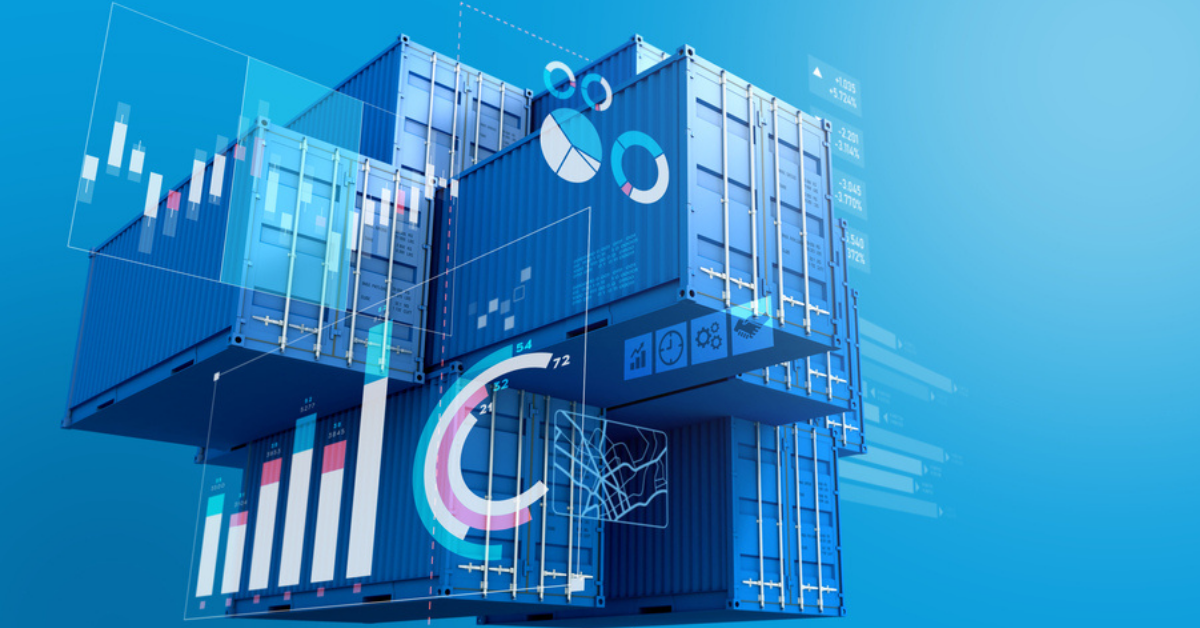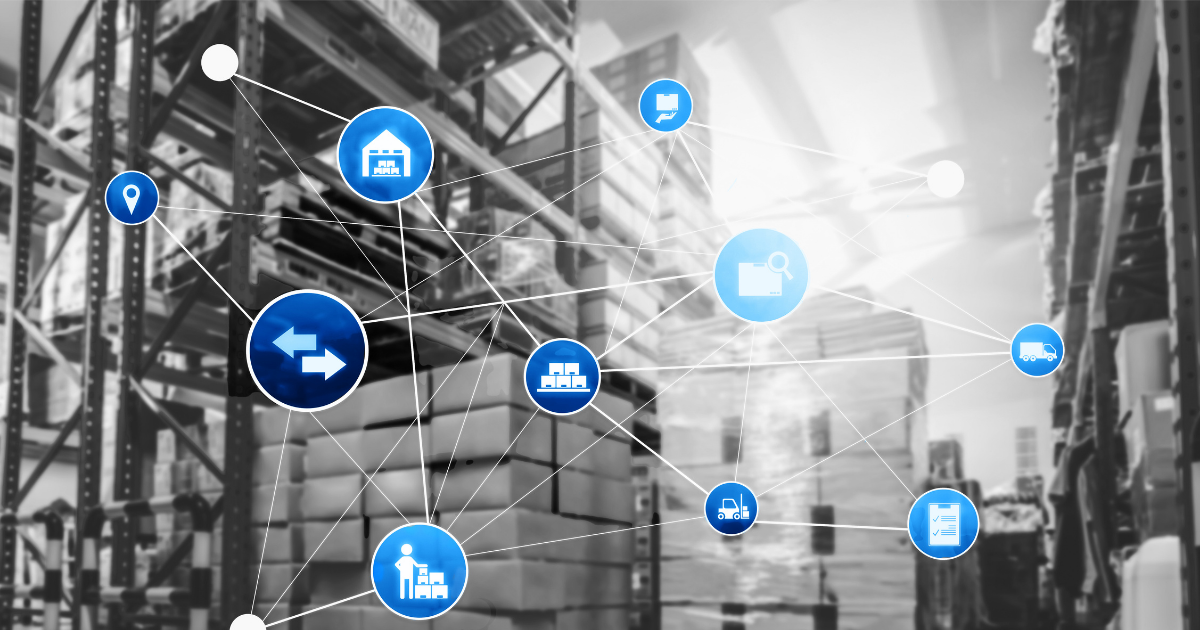Rising carrier costs directly related to capacity constraints and elevated fuel costs are making it difficult for 3PLs and shippers to control shipping costs. The Journal of Commerce says shippers are preparing for another year of elevated less-than-truckload (LTL) rates and tight capacity, as a 2022 surge in demand from consumers, retailers, and manufacturers looks increasingly likely.
Author: Banyan Technology
Finding Opportunity in Supply Chain Disruptions
With great challenges comes the opportunity for change and growth. It forces you to think outside the box and deploy new tactics to overcome disruptions. With no end in sight for the current challenges in the supply chain, you may want to take another look at implementing a technology solution that will help you conquer those issues. Technology can enhance your visibility and efficiency while helping to control your freight costs to more effectively manage your shipping needs.
How to Manage Freight Costs in a Carrier’s Market
Forecasting the Future of Freight
Wouldn’t it be nice if we could see what the future of freight and the supply chain will be in 2022? Industry experts predict that we will still see backlogs of shipments, labor shortages, capacity issues, rate increases, and lack of warehouse space at least within the first few months of the year. If only we had a way to determine how to navigate these issues or some type of crystal ball that we could use to help us predict where we will be six months or a year from now, we could more efficiently and effectively plan for the course ahead.
Fixing the Broken Supply Chain
This year remains a challenge for the supply chain. Labor shortages and carrier capacity are ongoing issues, and lane restrictions and rates continue to steadily increase with no end in sight. According to The Washington Post, fallout from the COVID-19 pandemic exacerbated increases in freight bills and delivery delays throughout 2021.
Calculate Your Savings with an API Solution
Shippers and 3PLs have welcomed the transparency offered to the freight management industry through pricing APIs, particularly the savings they get when taking advantage of real-time carrier rates rather than relying on dated methods for securing pricing. There’s also the hidden benefit of an instant competitive advantage when competitors using outmoded legacy processes secure outdated rates from carriers. This means pricing API users are spending less on shipping and increasing profit margins while gaining a competitive edge with freight costs.
Don’t ‘Set and Forget’ Your Technology Solution
When it comes to investing in technology, it is easy to “set it and forget it”. Often companies make that mistake to minimize their spend by investing in a one-time solution, but at what long-term costs? You may be missing out on increasing your operational efficiencies or maximizing your profits when you fail to partner with a technology company that is continuously innovating and enhancing its products. As discussed in one of our most-recent guides, it is critical for Shippers and 3PLs to partner with a tech company that offers a flexible and inventive API solution, especially during such an unstable time in the supply chain.
Don’t ‘Set and Forget’ Your Technology Solution
When it comes to investing in technology, it is easy to “set it and forget it”. Often companies make that mistake to minimize their spend by investing in a one-time solution, but at what long-term costs? You may be missing out on increasing your operational efficiencies or maximizing your profits when you fail to partner with a technology company that is continuously innovating and enhancing its products. As discussed in one of our most-recent guides, it is critical for Shippers and 3PLs to partner with a tech company that offers a flexible and inventive API solution, especially during such an unstable time in the supply chain.
Why Digitalization Makes Sense in Shipping
Collaboration is fundamental when trying to move an industry in a different direction and enact sustainable change. This requires that all players in the industry work together to facilitate that change, even those who compete within the market. The top players in the logistics and the supply chain industry are working together during this critical time to develop the right knowledge base. As a member of the Digital LTL Council, Banyan Technology is committed to help foster those partnerships to elevate the industry through automation, standardization, and digitalization.
Top 5 Ways Updated Technology Saves You Money
“If it ain’t broke, don’t fix it” is an old saying that means if something is functioning properly, it’s probably best you leave it alone and not make any changes that could potentially break it. Many companies subscribe to this mantra and keep processes in place that have existed since, what seems like, the beginning of time.
But what if they don’t realize that while their processes may not actually be broke, they could be doing things more efficiently and saving the company a considerable amount of money?








